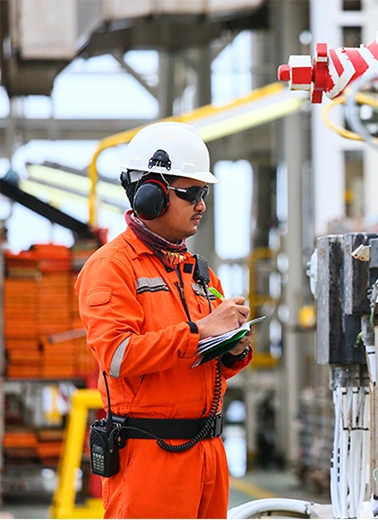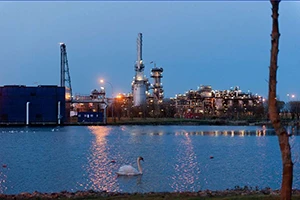
Risavika Liquefaction Plant
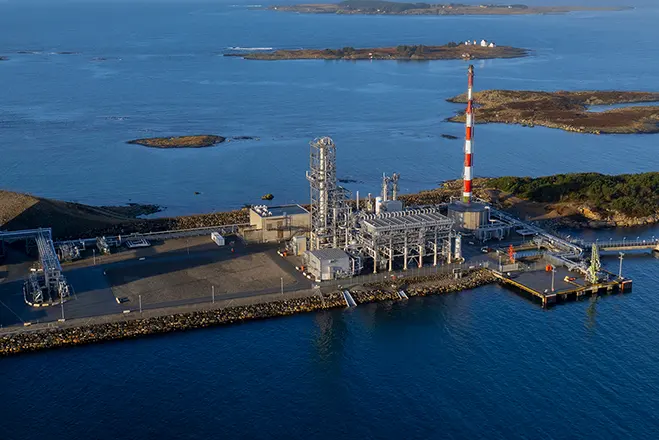
RLP has been designed with future expansion in mind. Opportunities exist to develop additional infrastructure powered by renewable electricity from Norwegian hydroelectric power.
Contact Cameron Slane, Asset Director to discuss your requirements
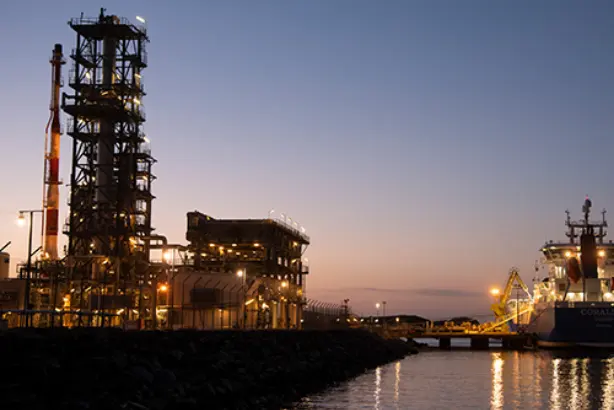
Process
At Risavika, natural gas is cooled, liquefied and sub-cooled using a single mixed refrigerant cycle. This creates cold temperatures through Joule-Thomson expansion and vaporisation of the mixed refrigerant within a heat exchanger.
The refrigerant cycle is recompressed with an electric motor-driven turbo compressor. LNG/LBG is stored in a 28,000 m3 tank at atmospheric pressure.
For vessel loading, LNG/LBG is pumped with two 100% vessel loading pumps, each with a 1,000 m3/h capacity. During road tanker loading, LNG/LBG is pumped to the loading station using two 50% LNG/LBG road tanker loading pumps, each with a max capacity of 65 m3/h. The station can load 10 LNG/LBG trucks with 50-58 m3 capacity within 12 daylight hours every day.
Benefits
Independence
With our focus on midstream infrastructure, our primary business is liquifying third-party gas and delivering the same high quality and flexible service for our customers.
Connection to abundant feed gas supply
We are connected to the Kårstø Gas Processing Plant via the Rogass pipeline, which provides feed gas to the plant. Located in Northern Rogaland, Kårstø is the largest gas processing plant of its type in Europe.
Liquefied BioGas (LBG)
Our connection to Kårstø, the European gas grid and grid-connected biogas producers, means liquefied gas produced at RLP can be certified as LBG according to the International Sustainability and Carbon Certification (“ISCC”) standards.
Flexibility
We offer an optimised service to match your dynamic requirements, providing flexible logistics, storage solutions and multiple offtake options, from on-site vessel loading to road tanker loading facilities.
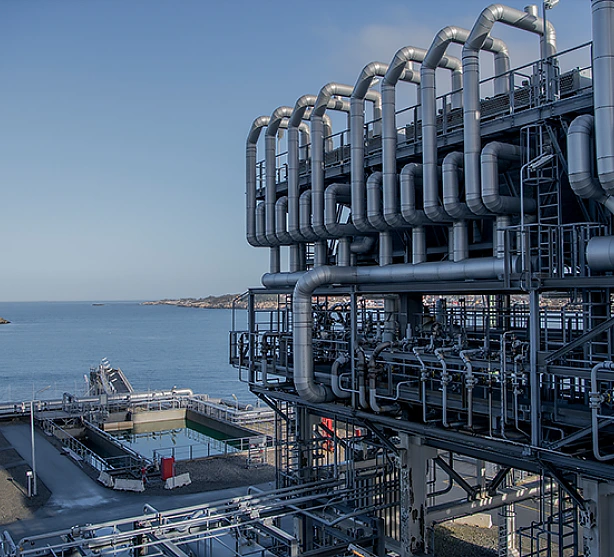
Technical specifications
